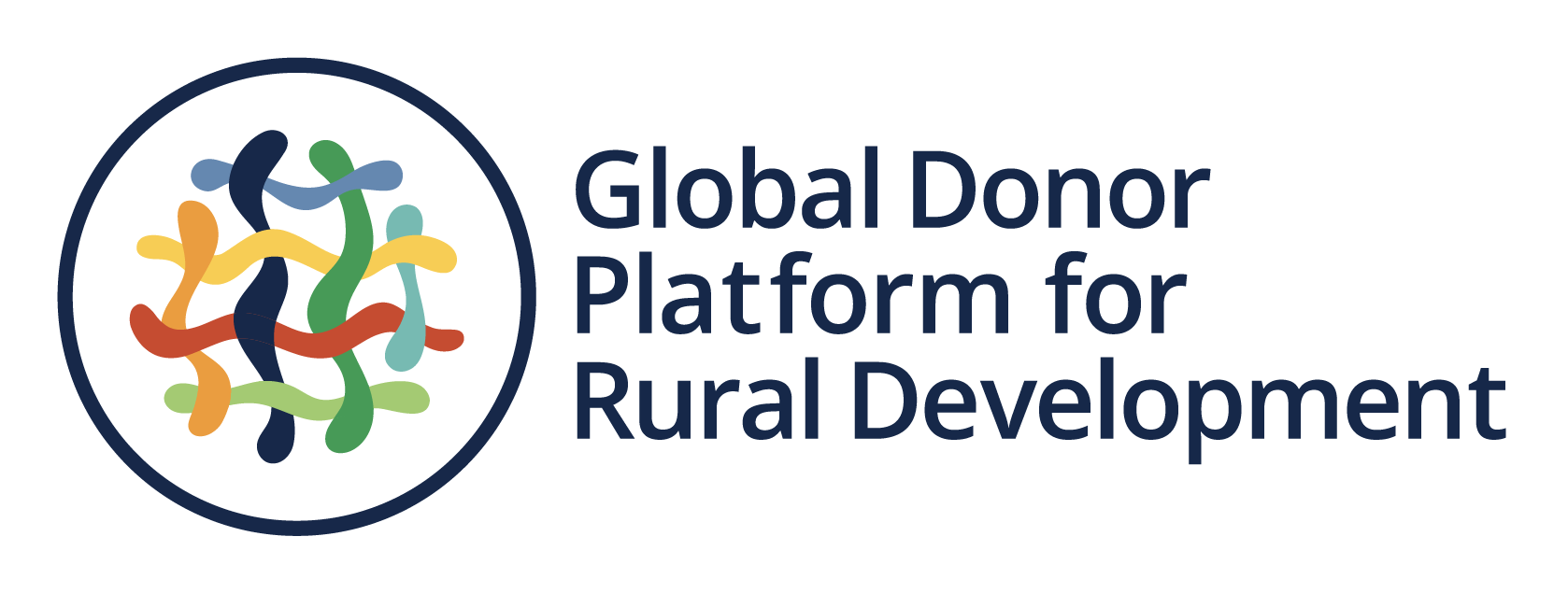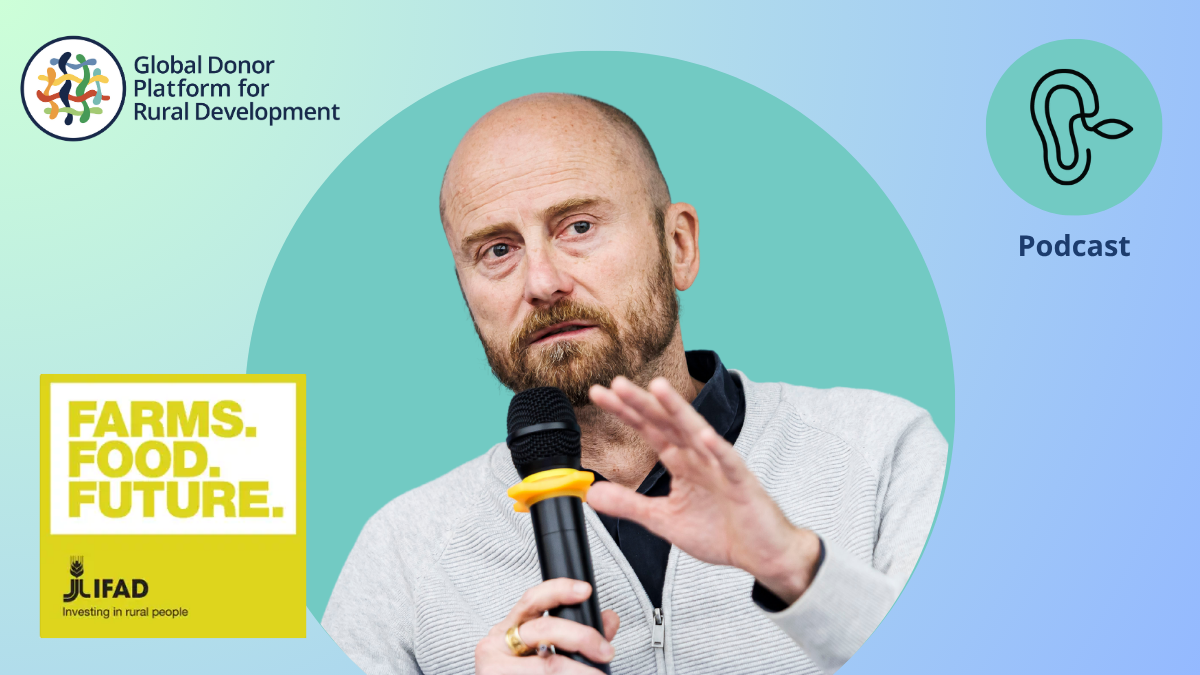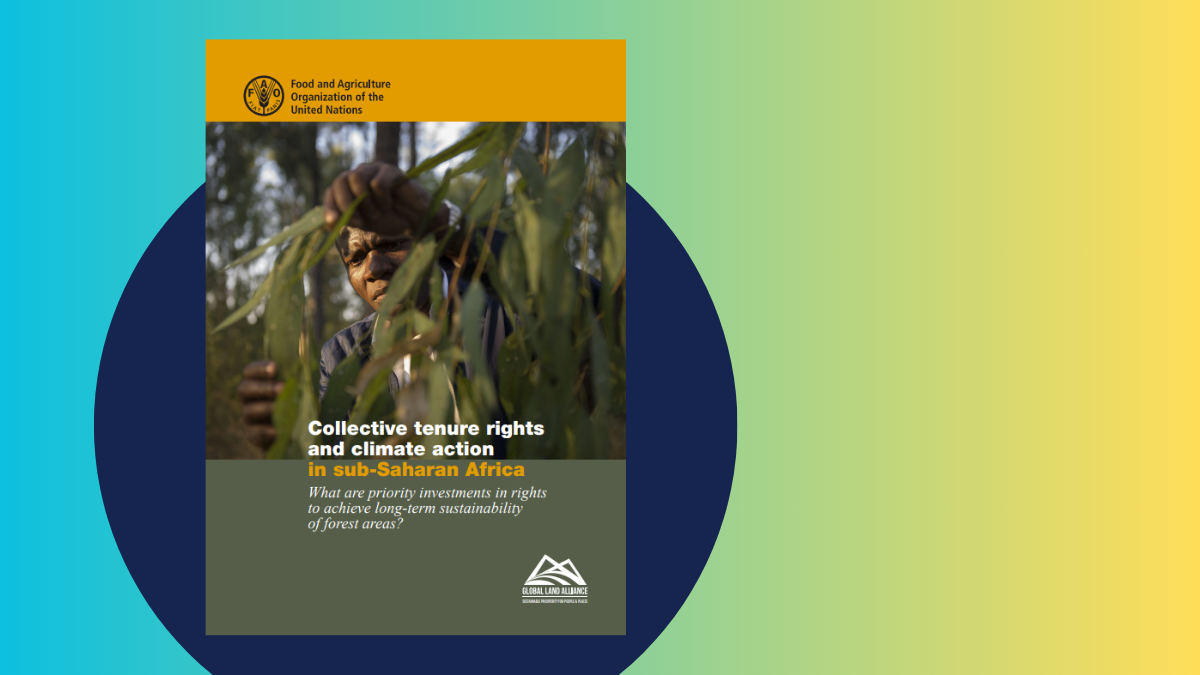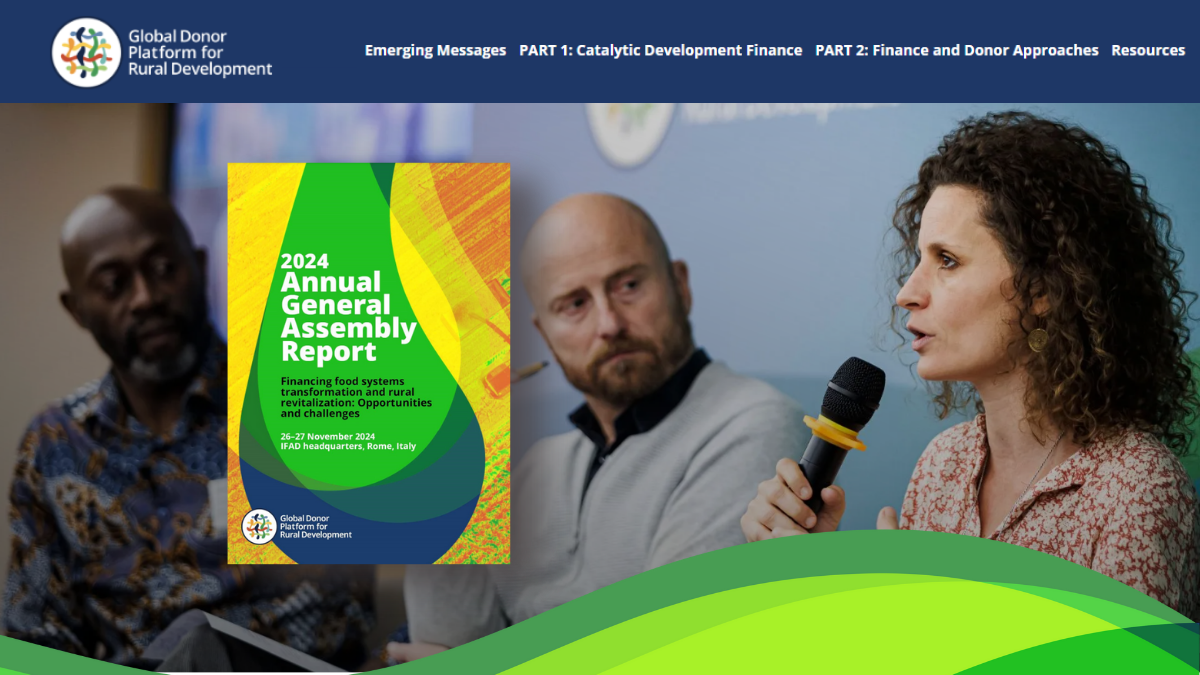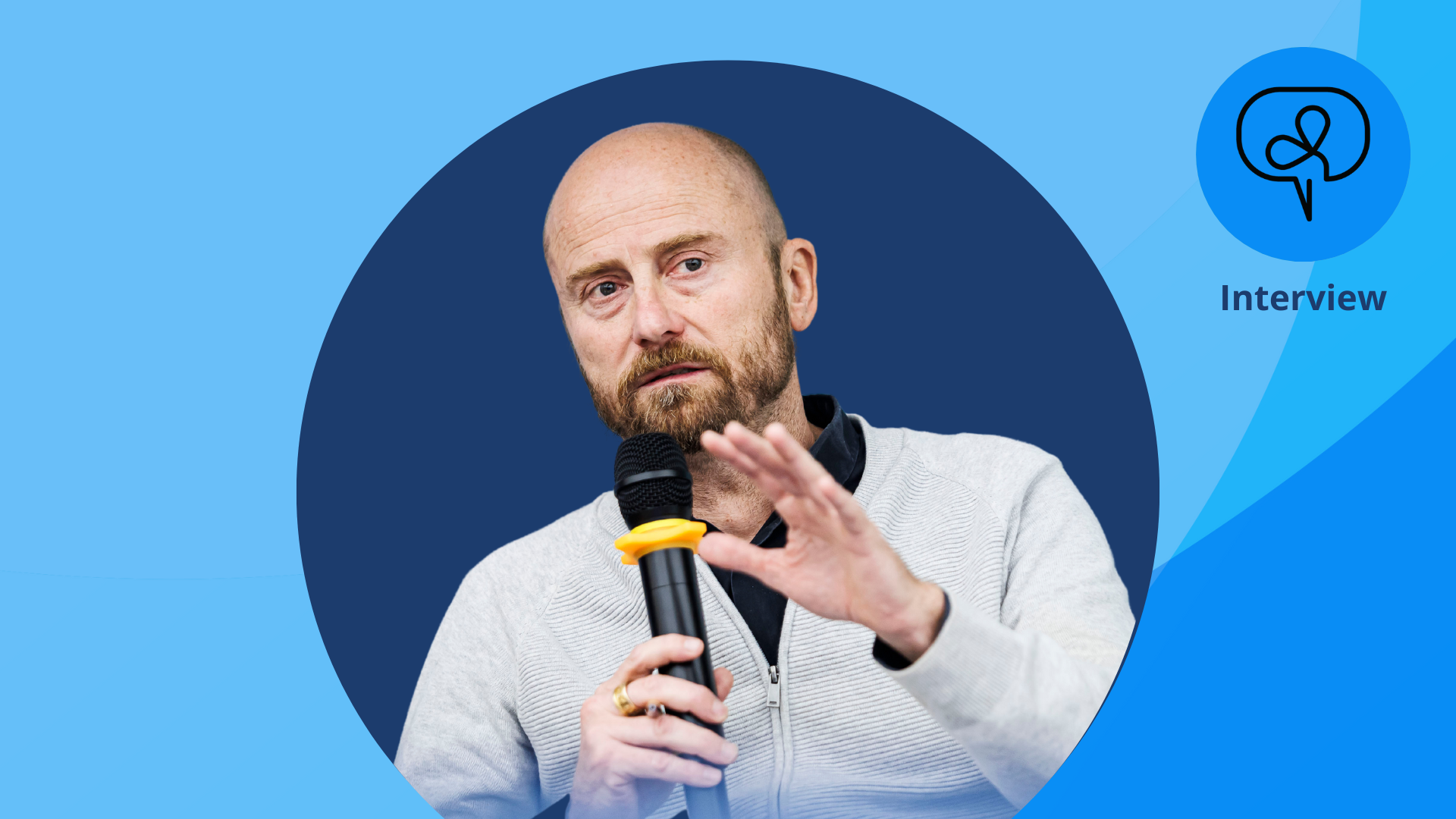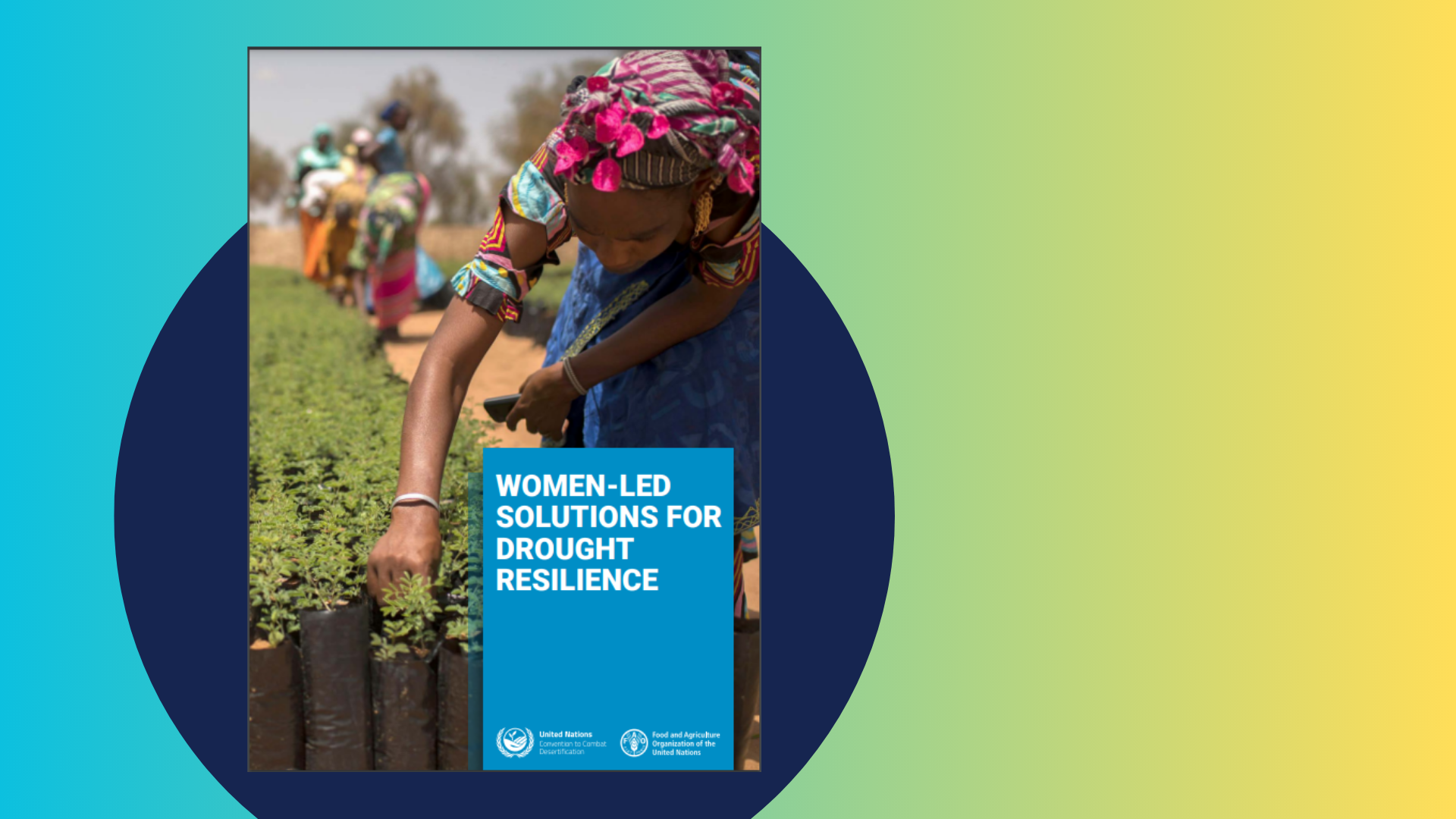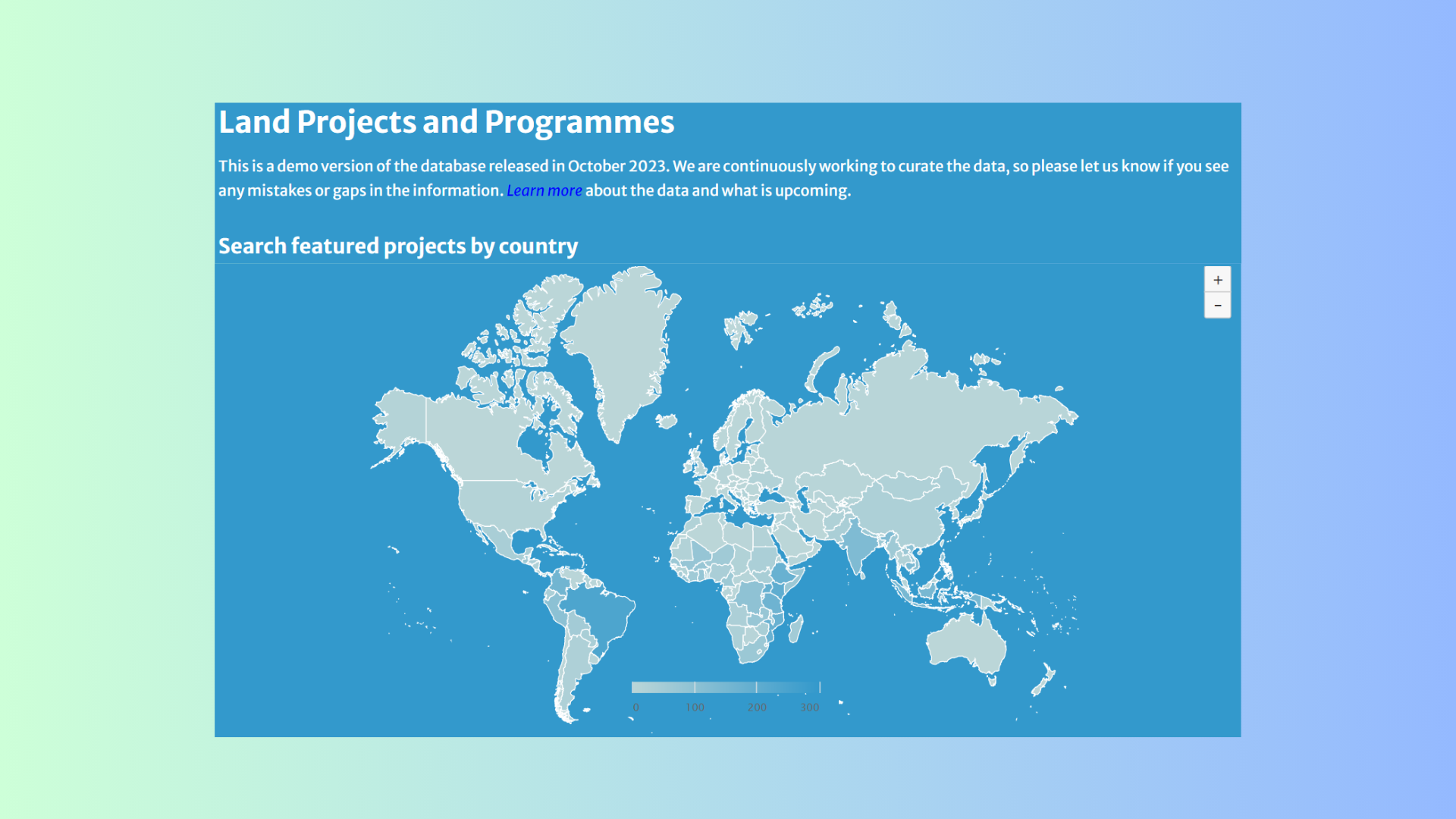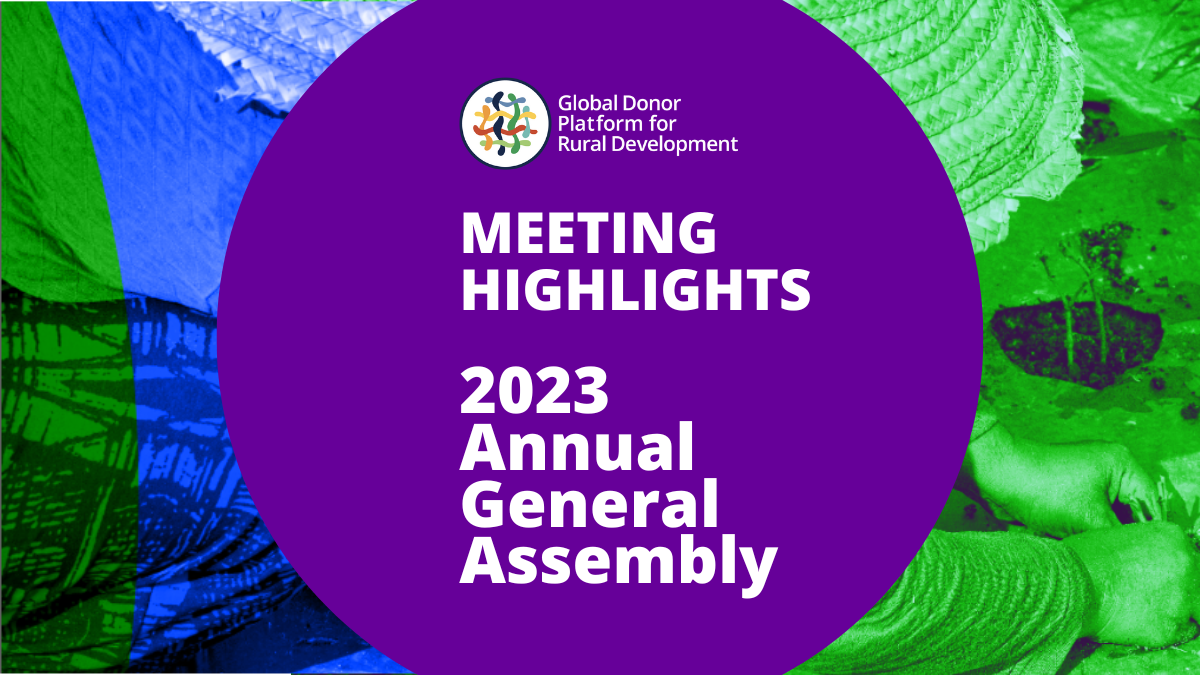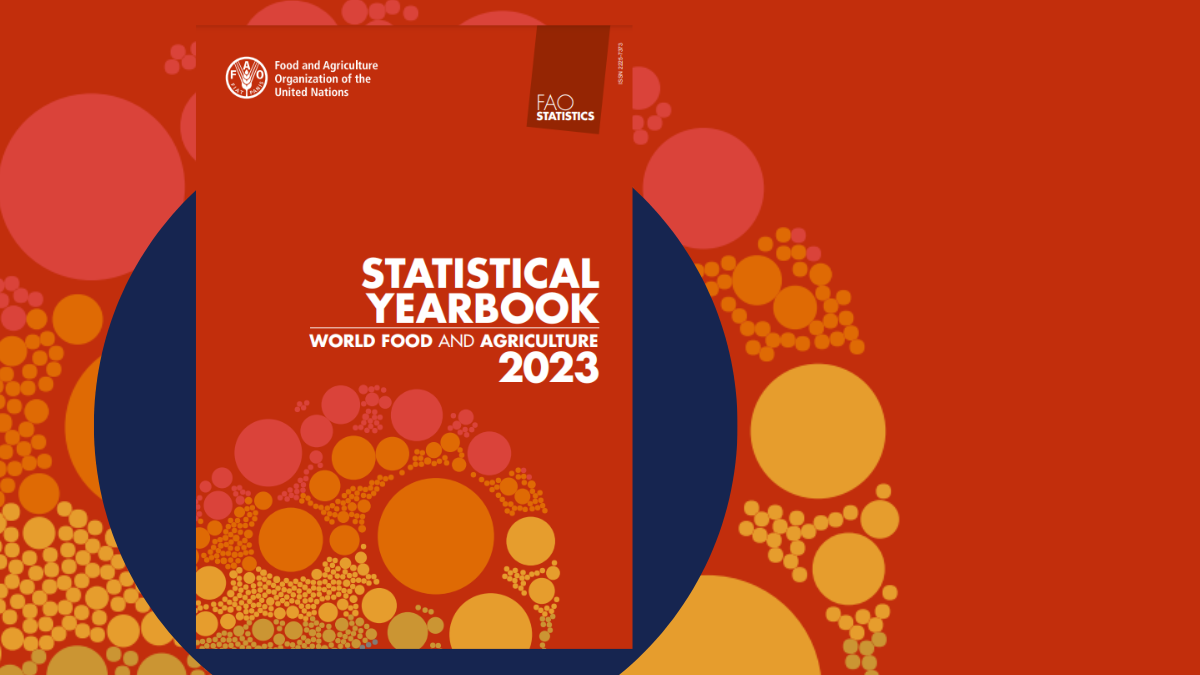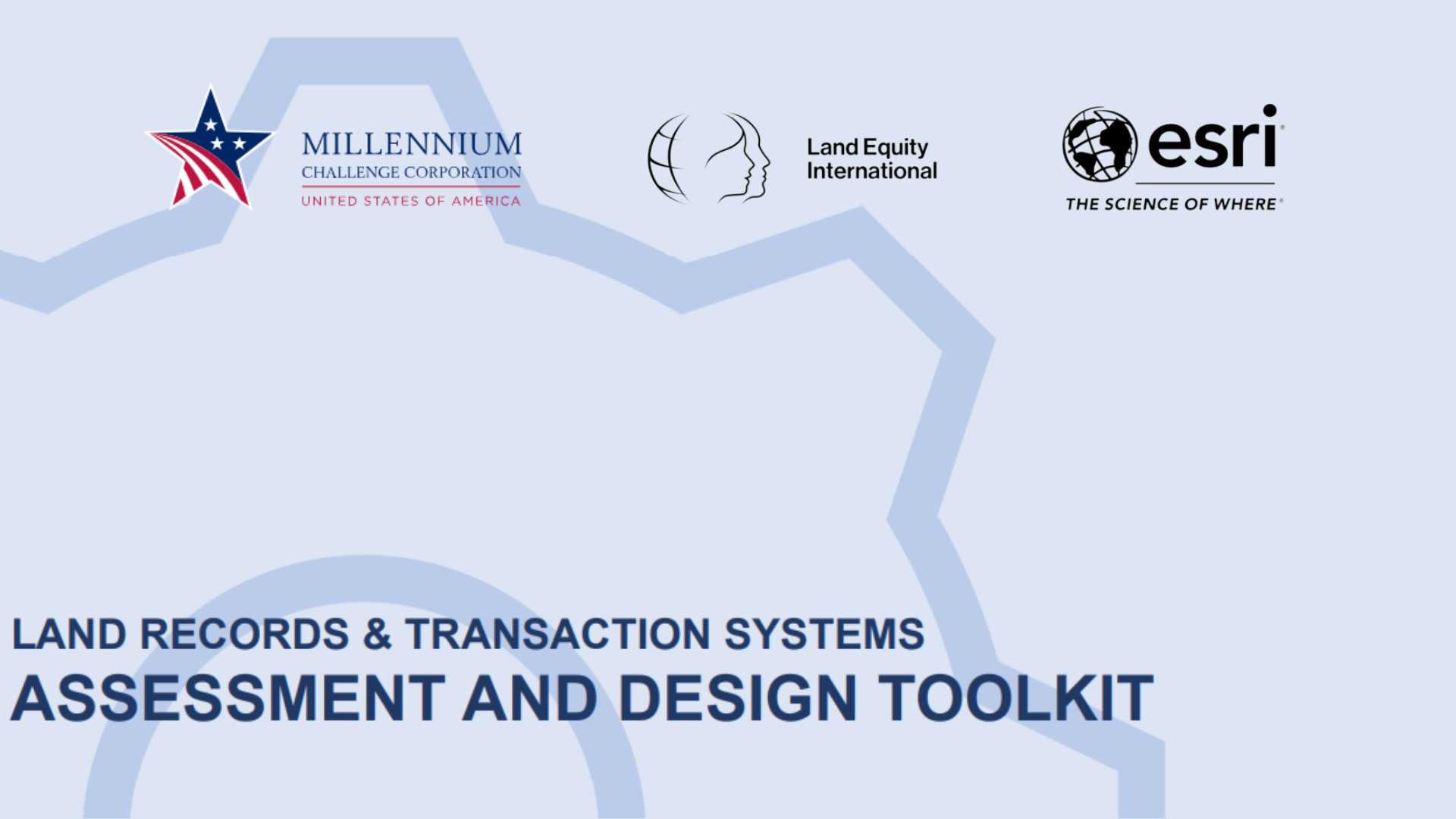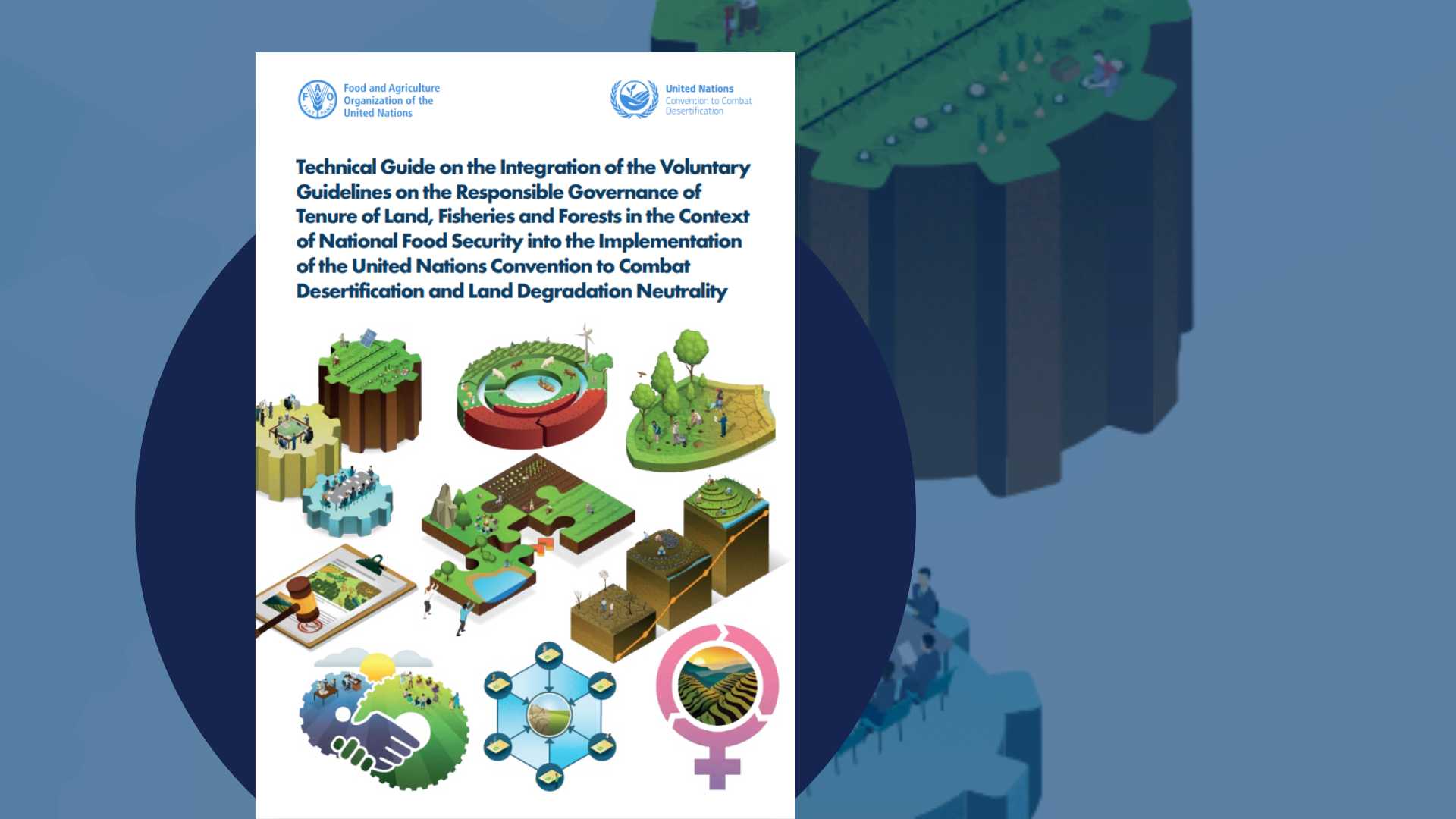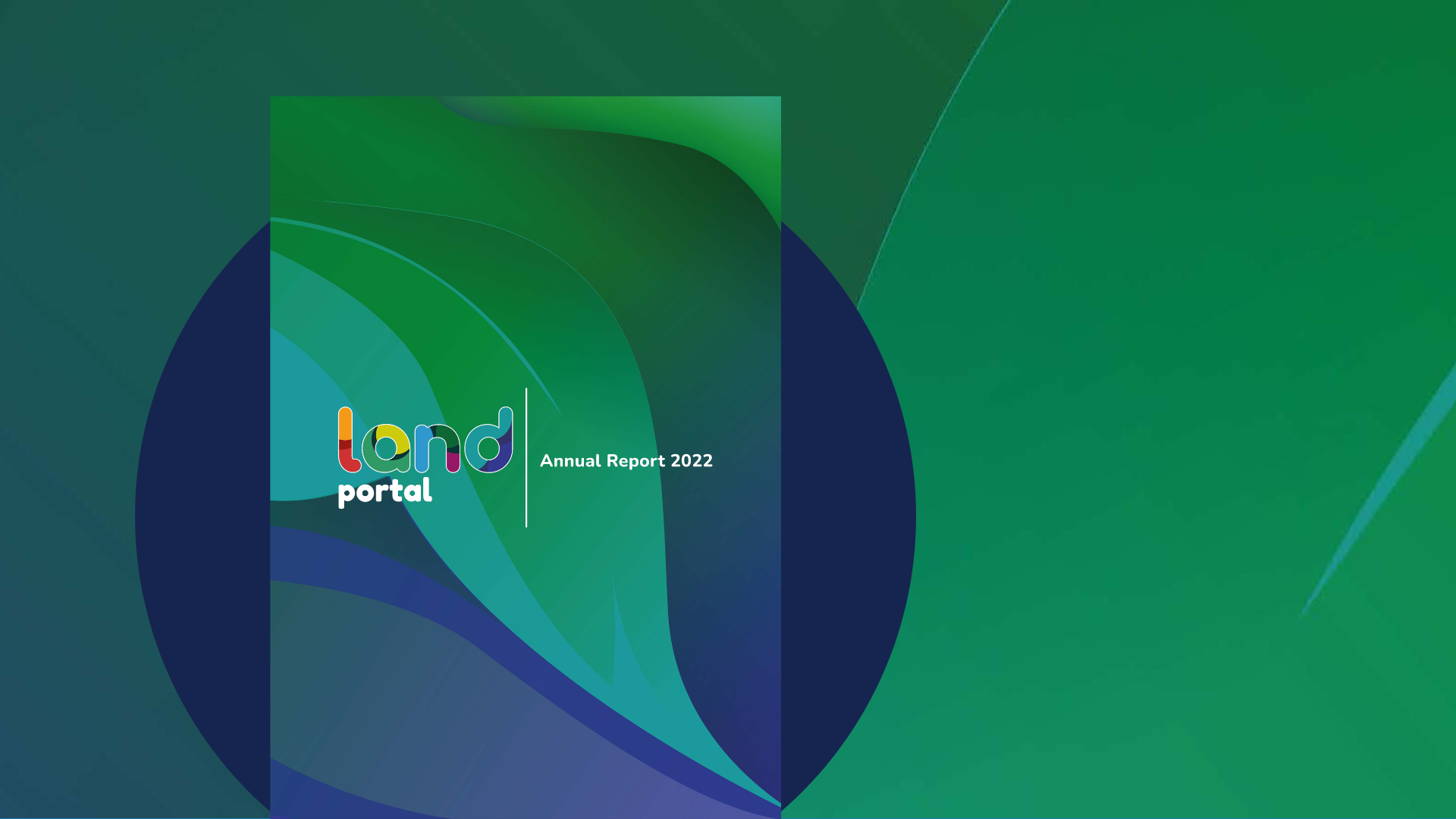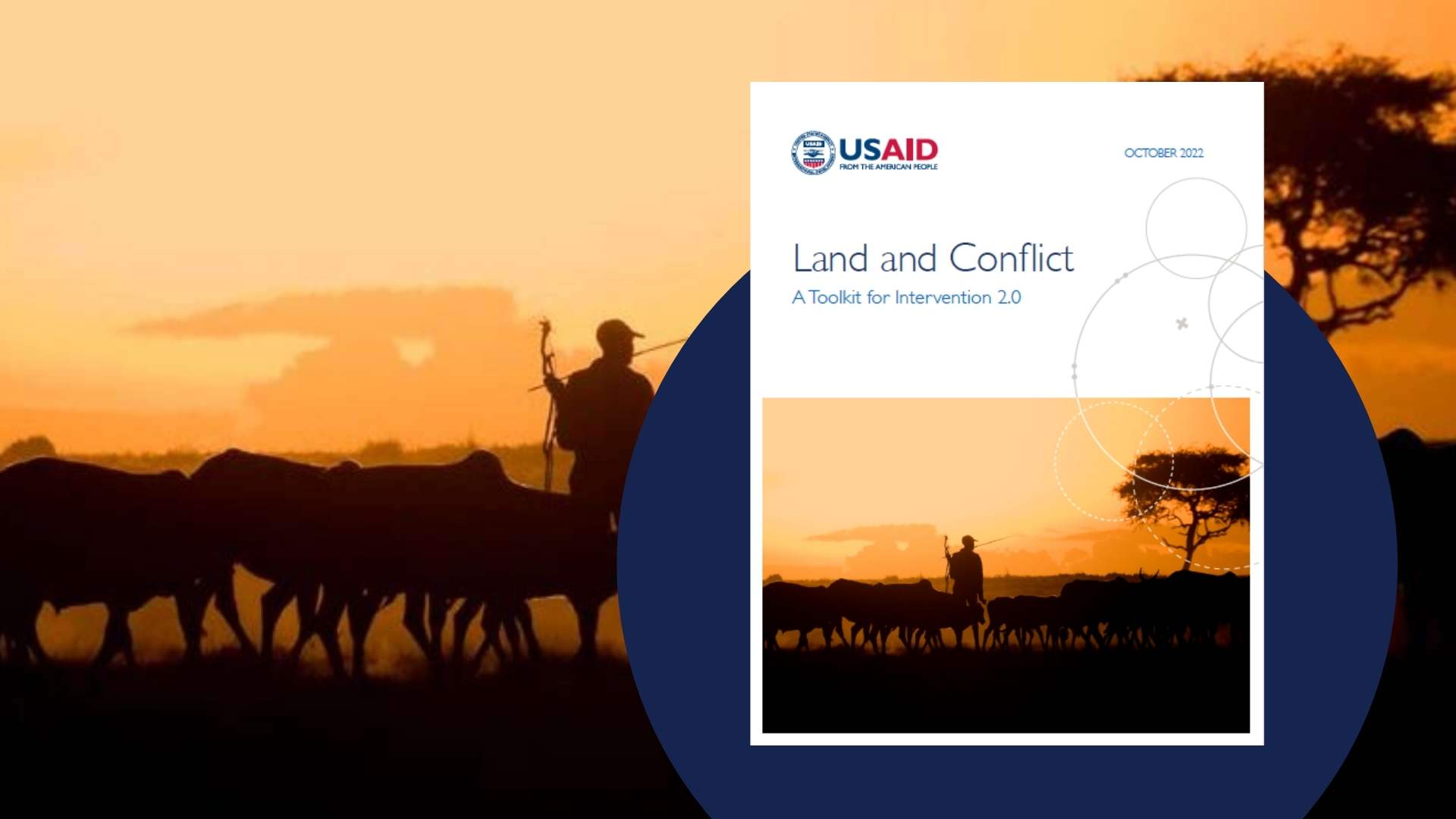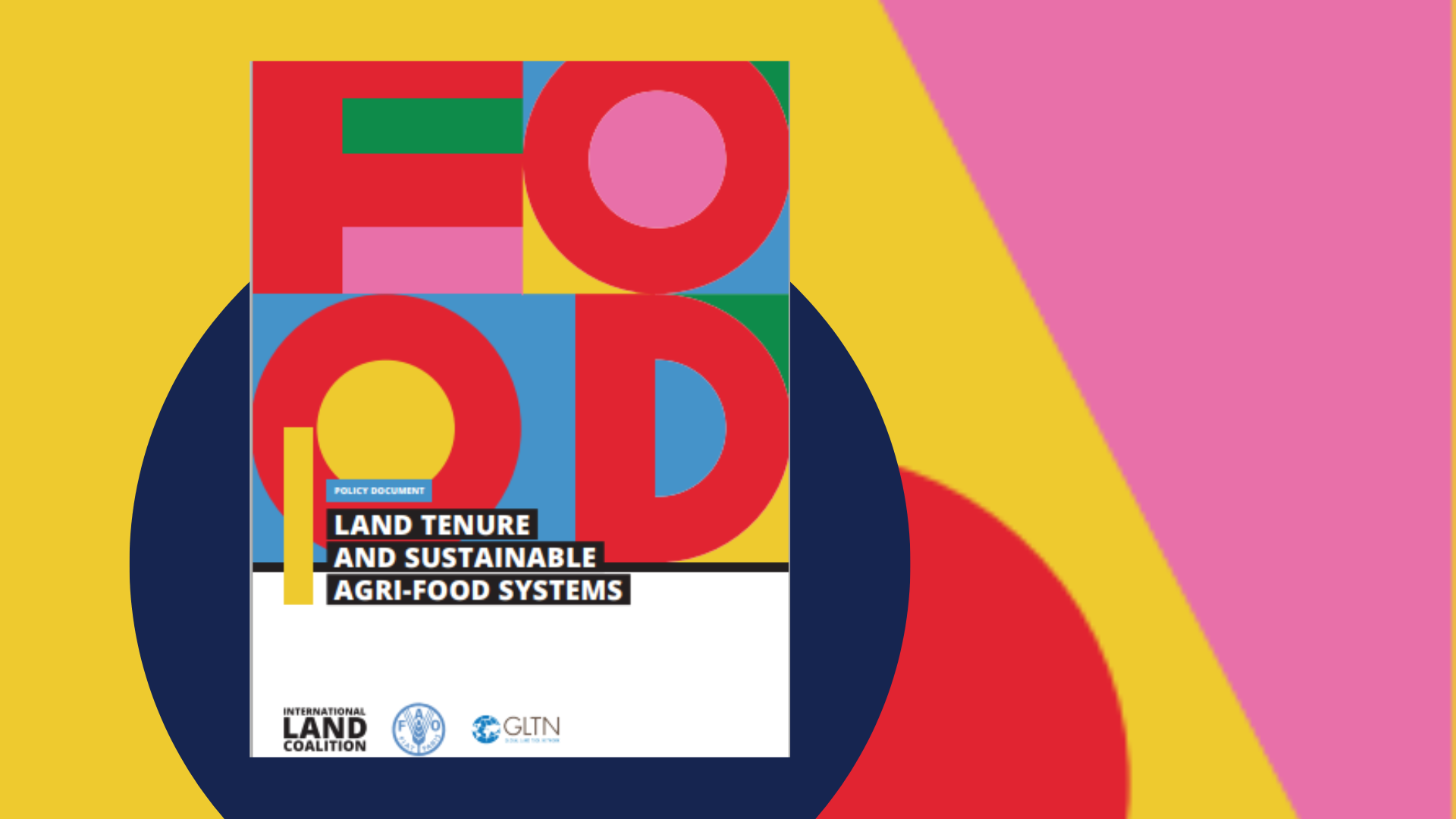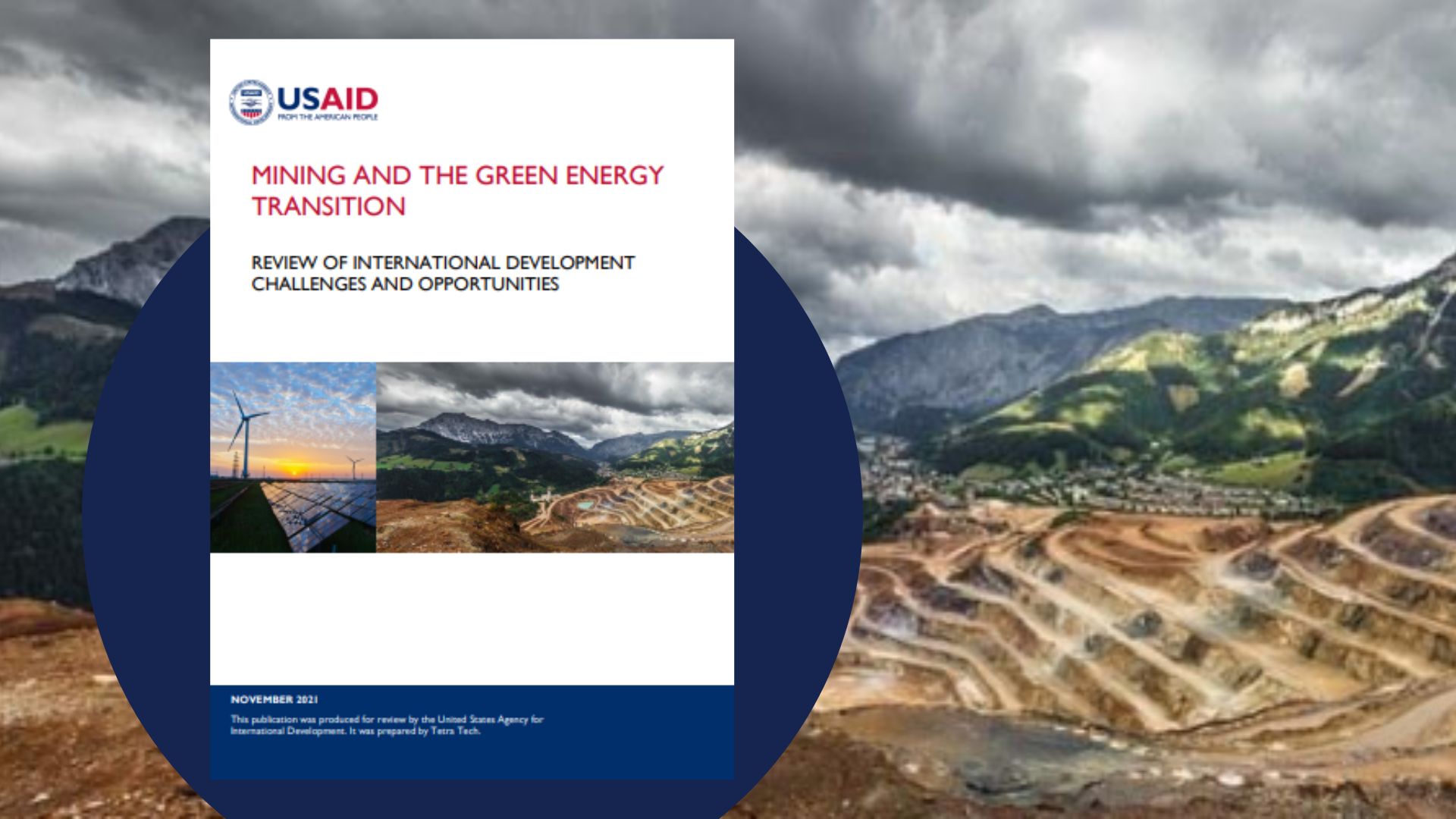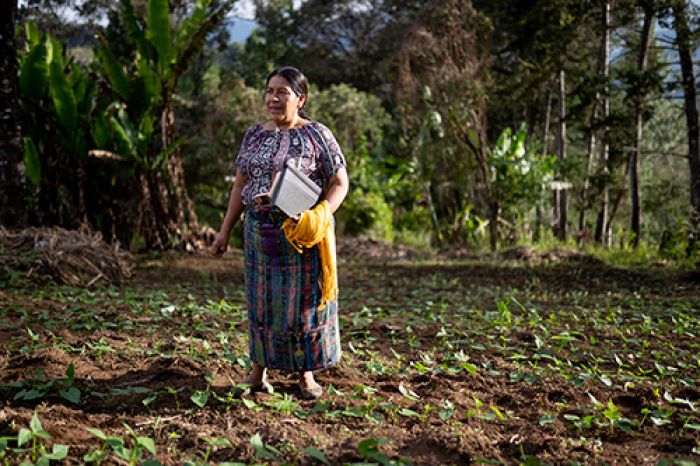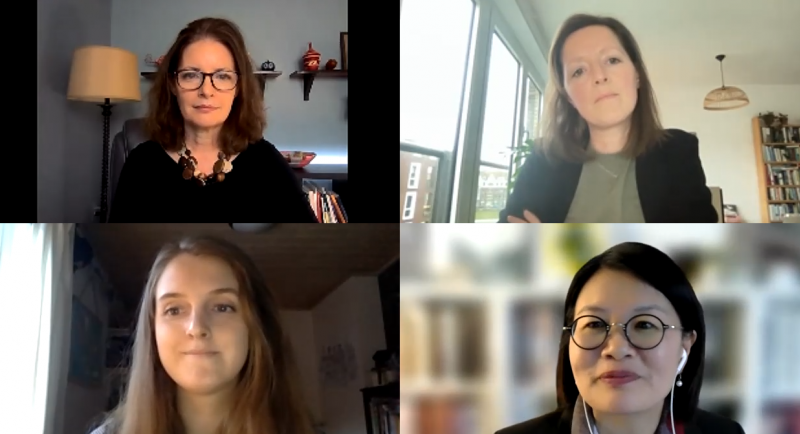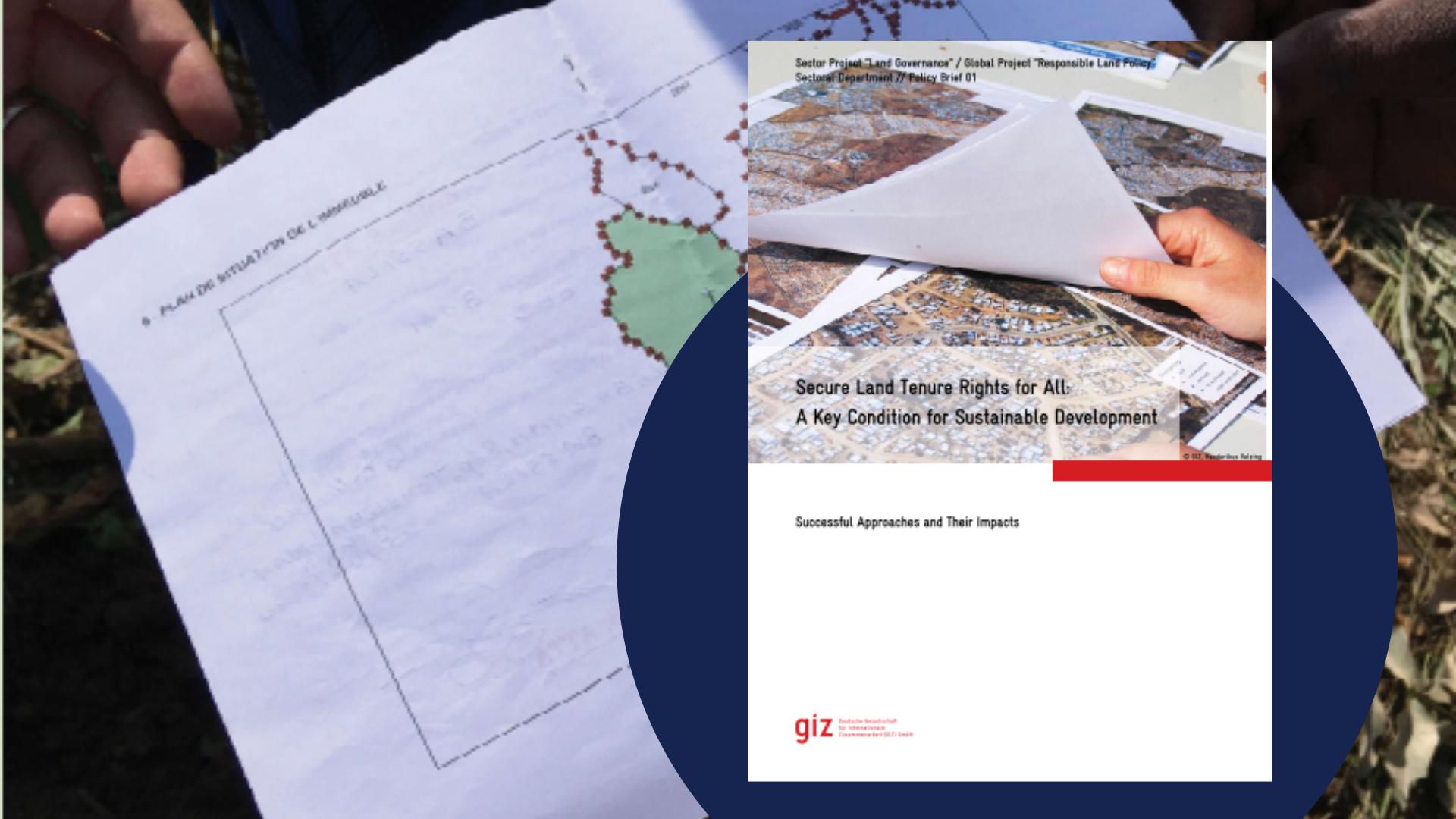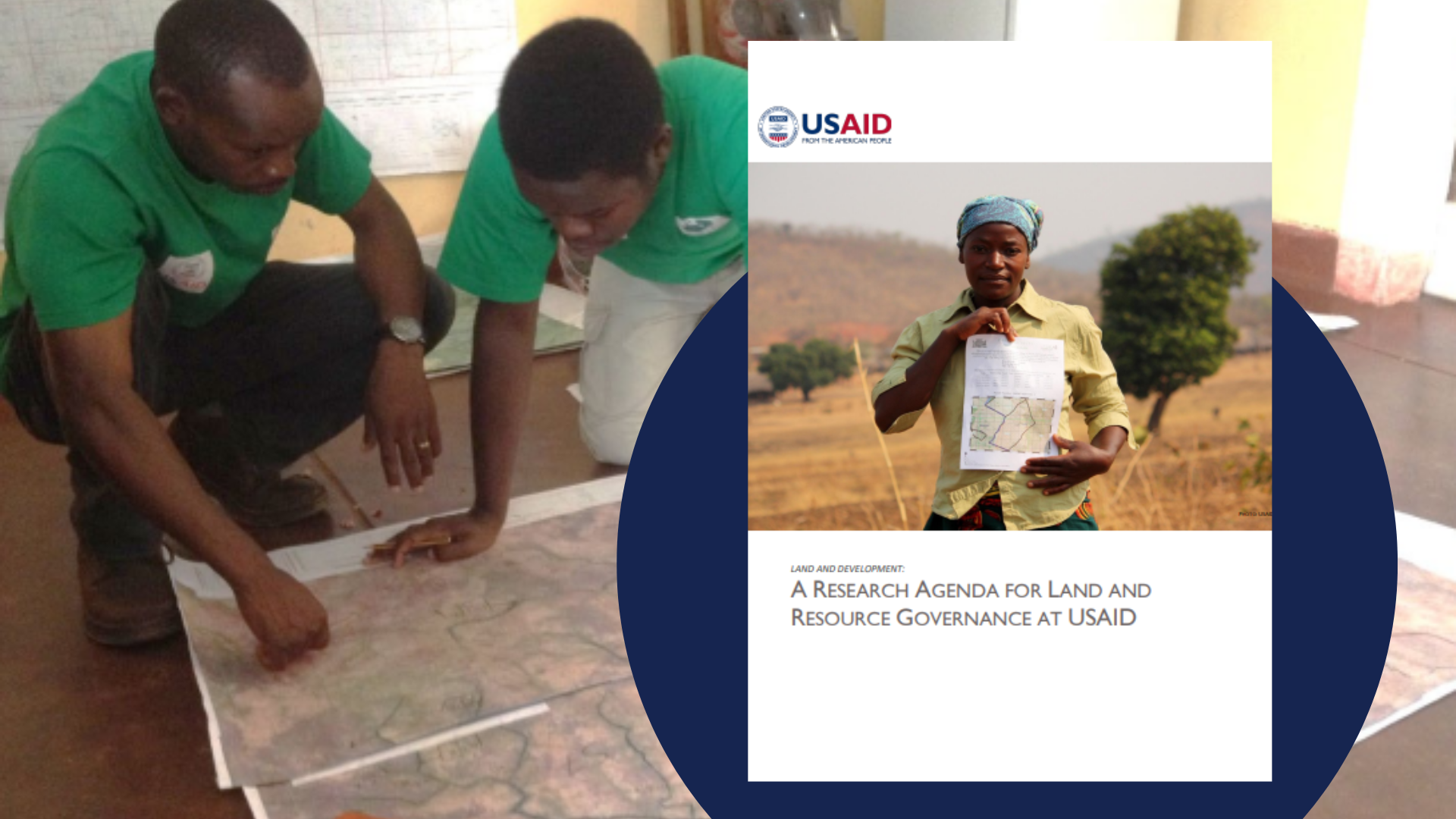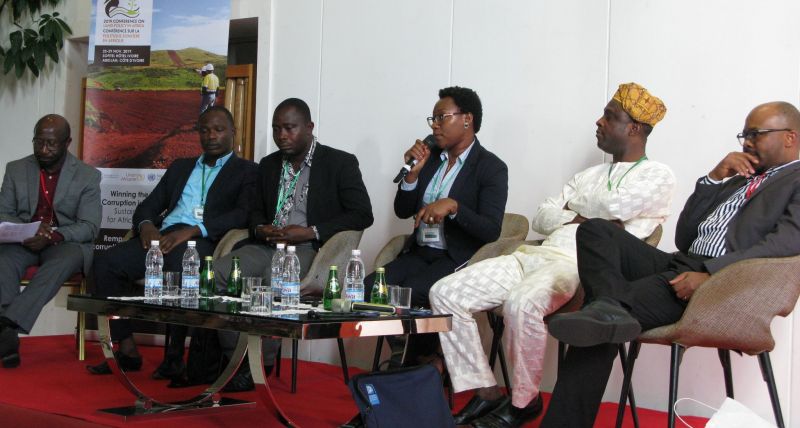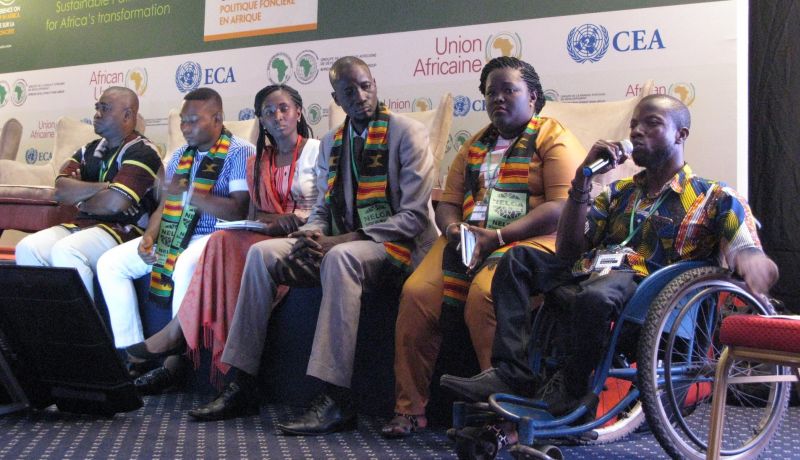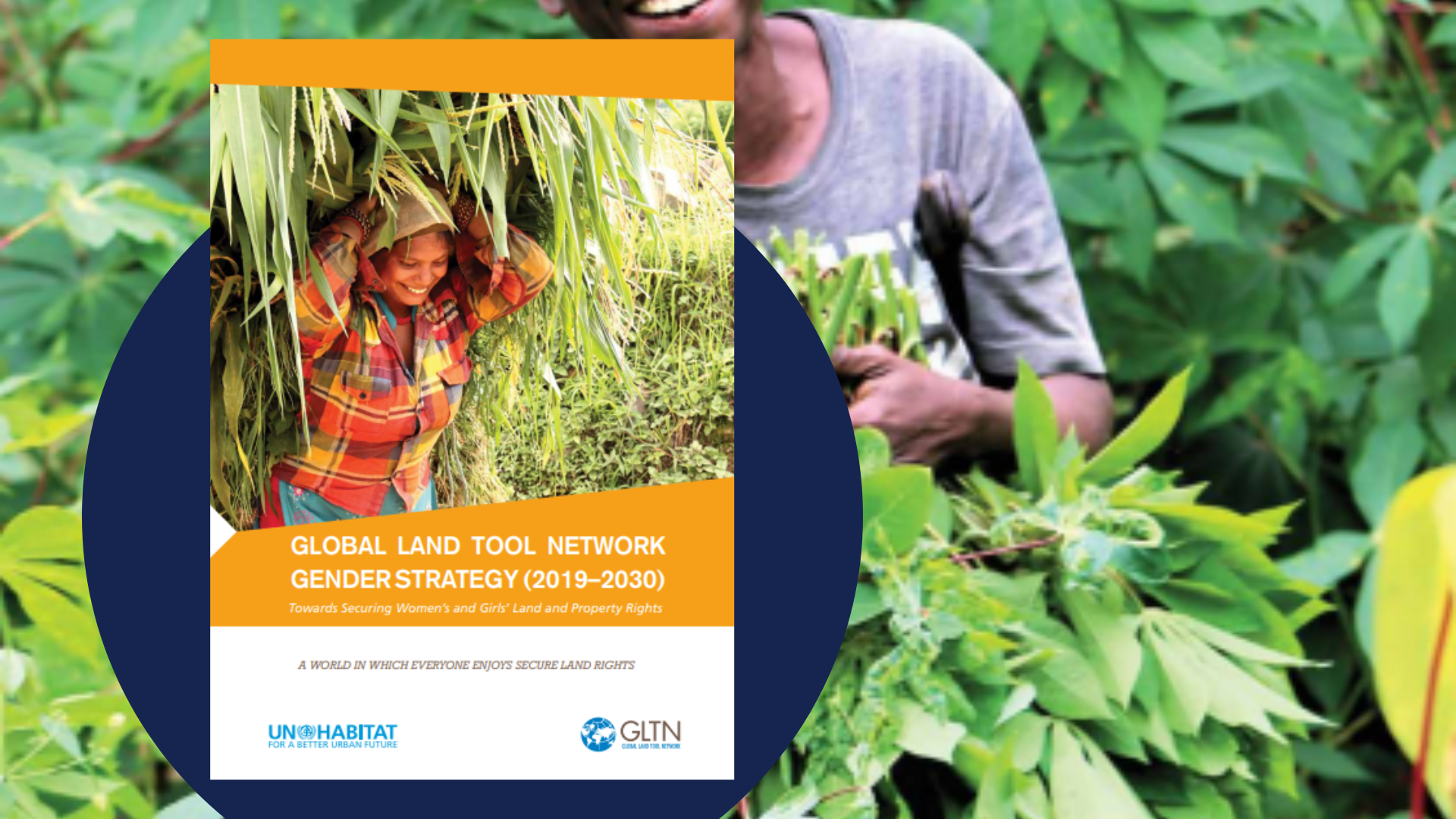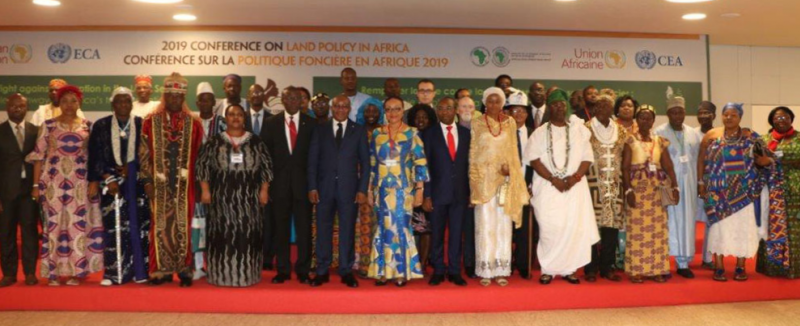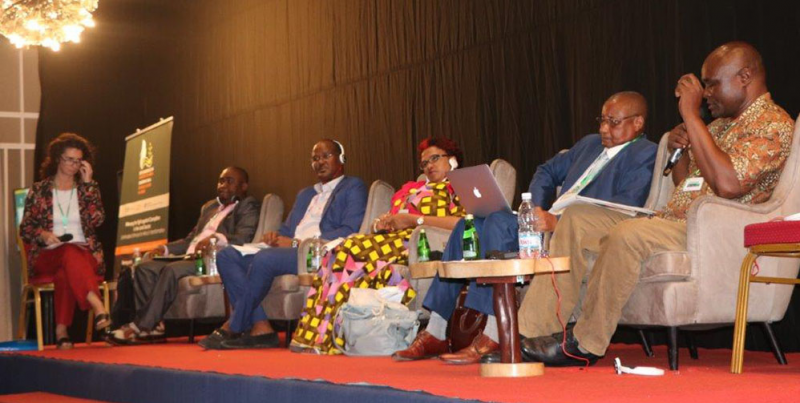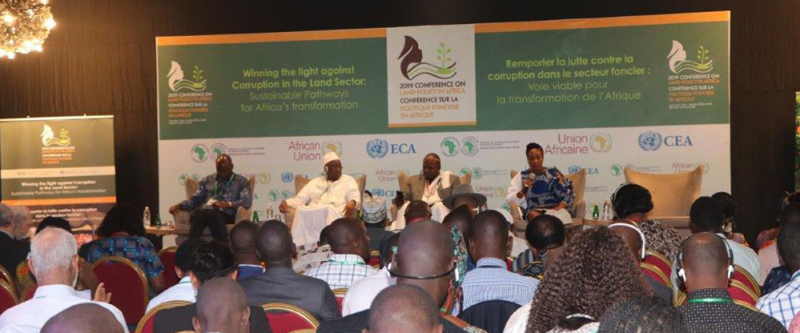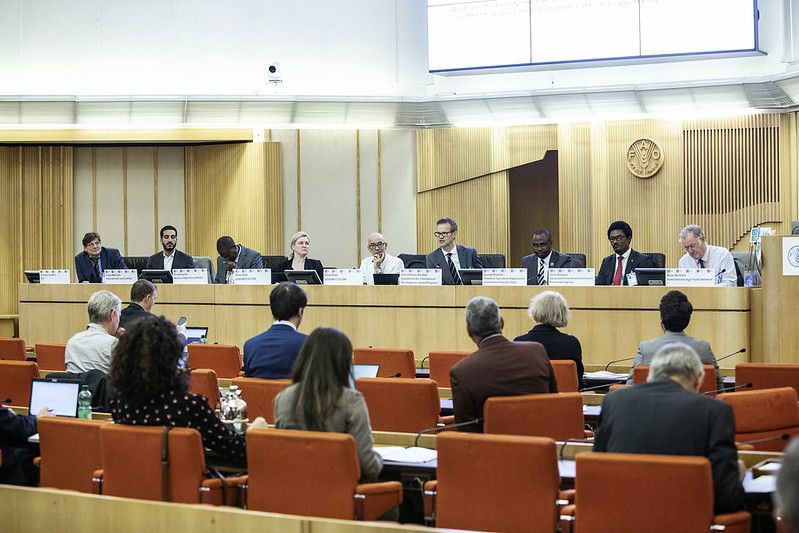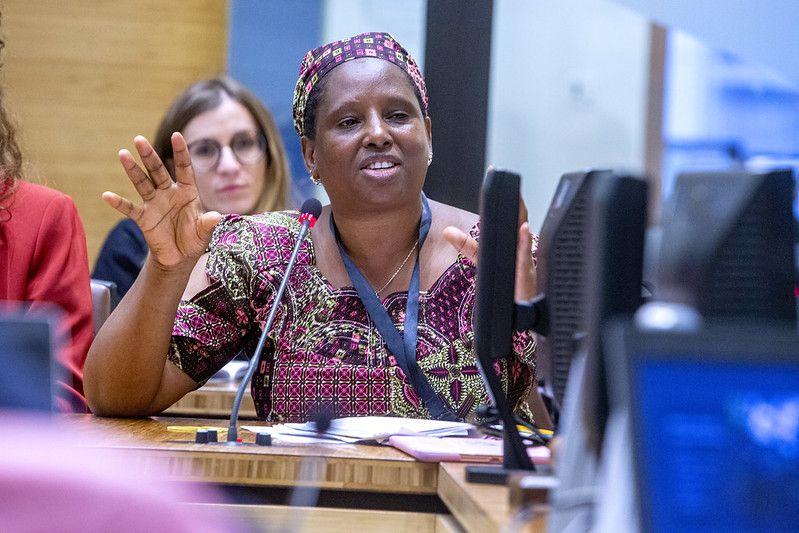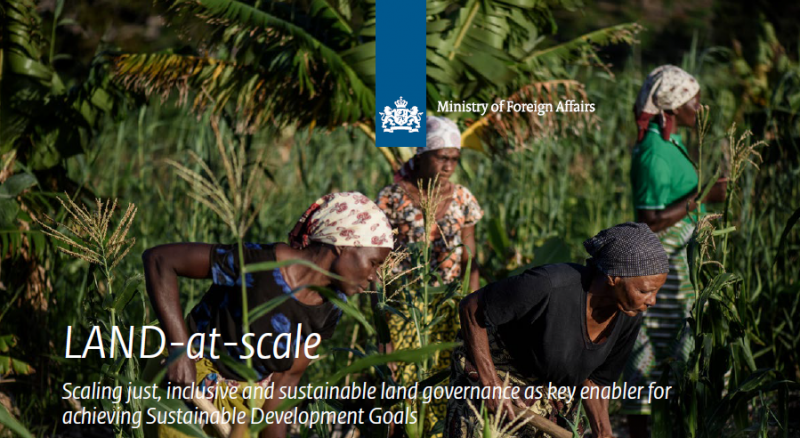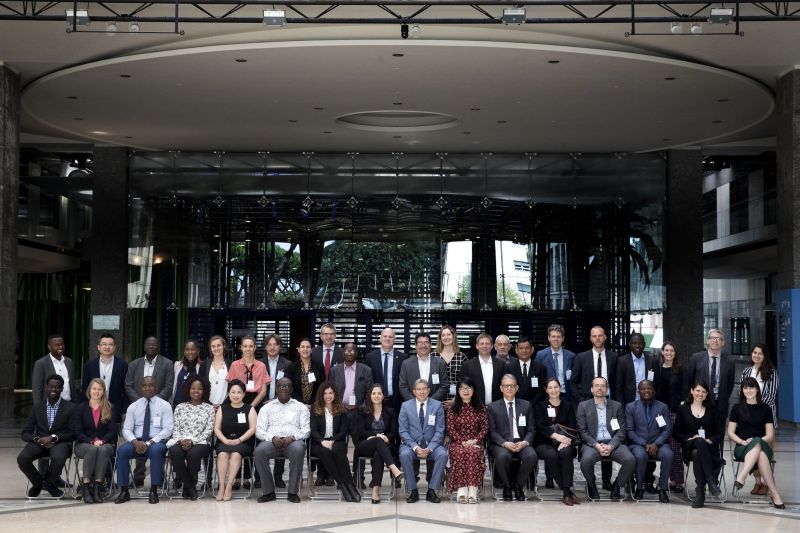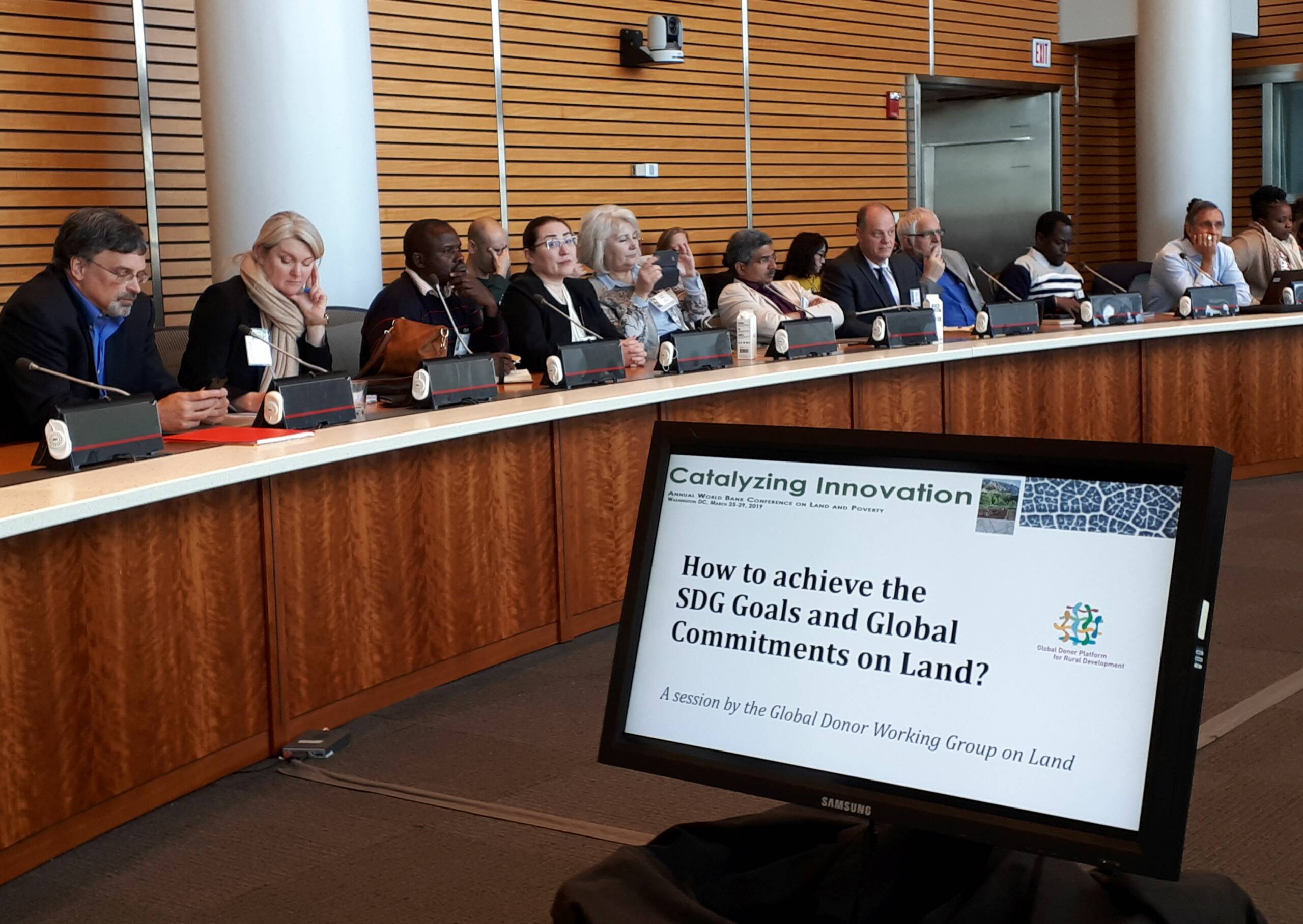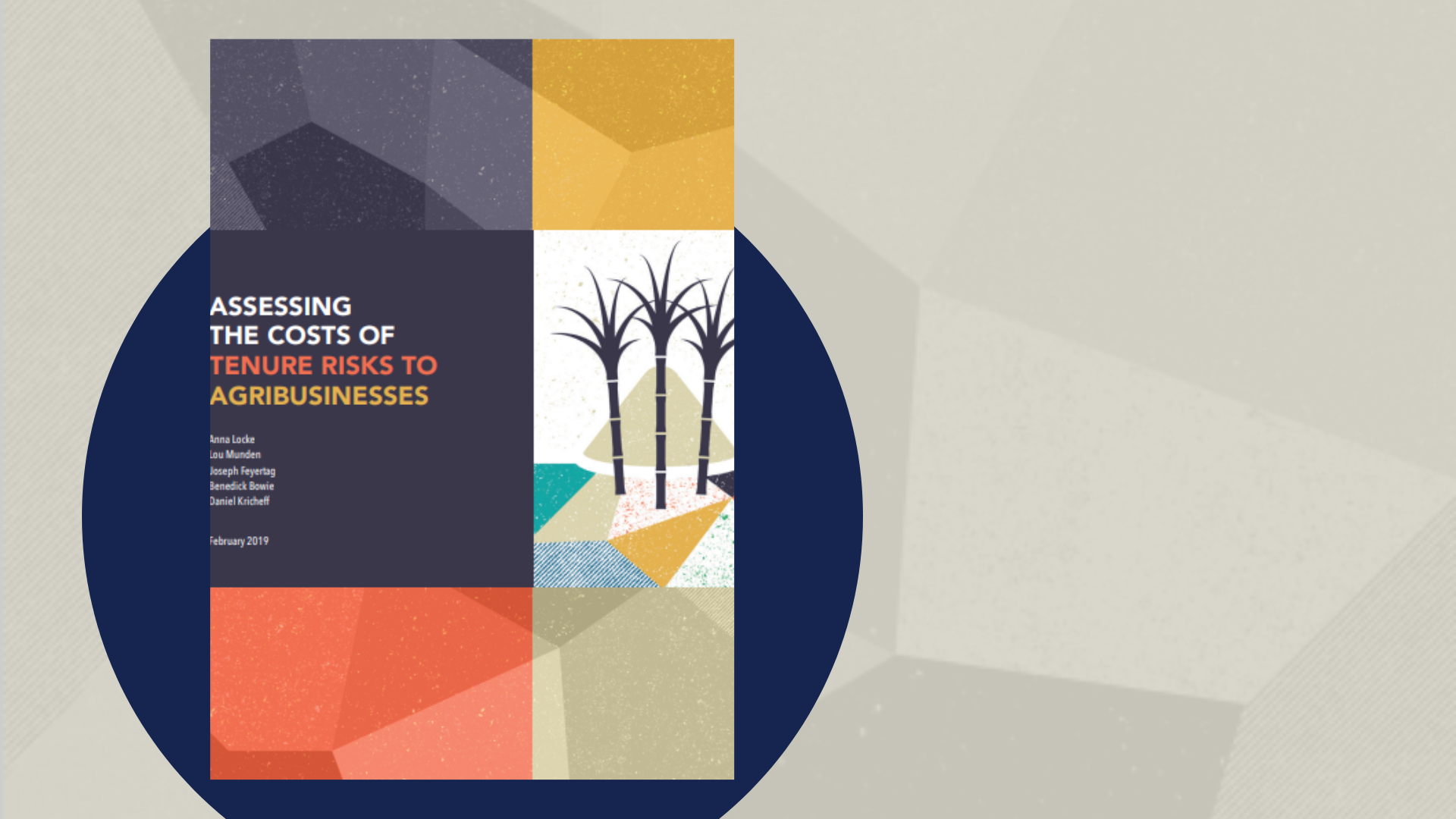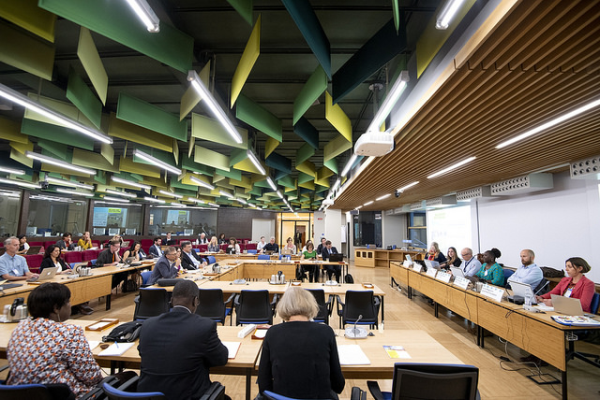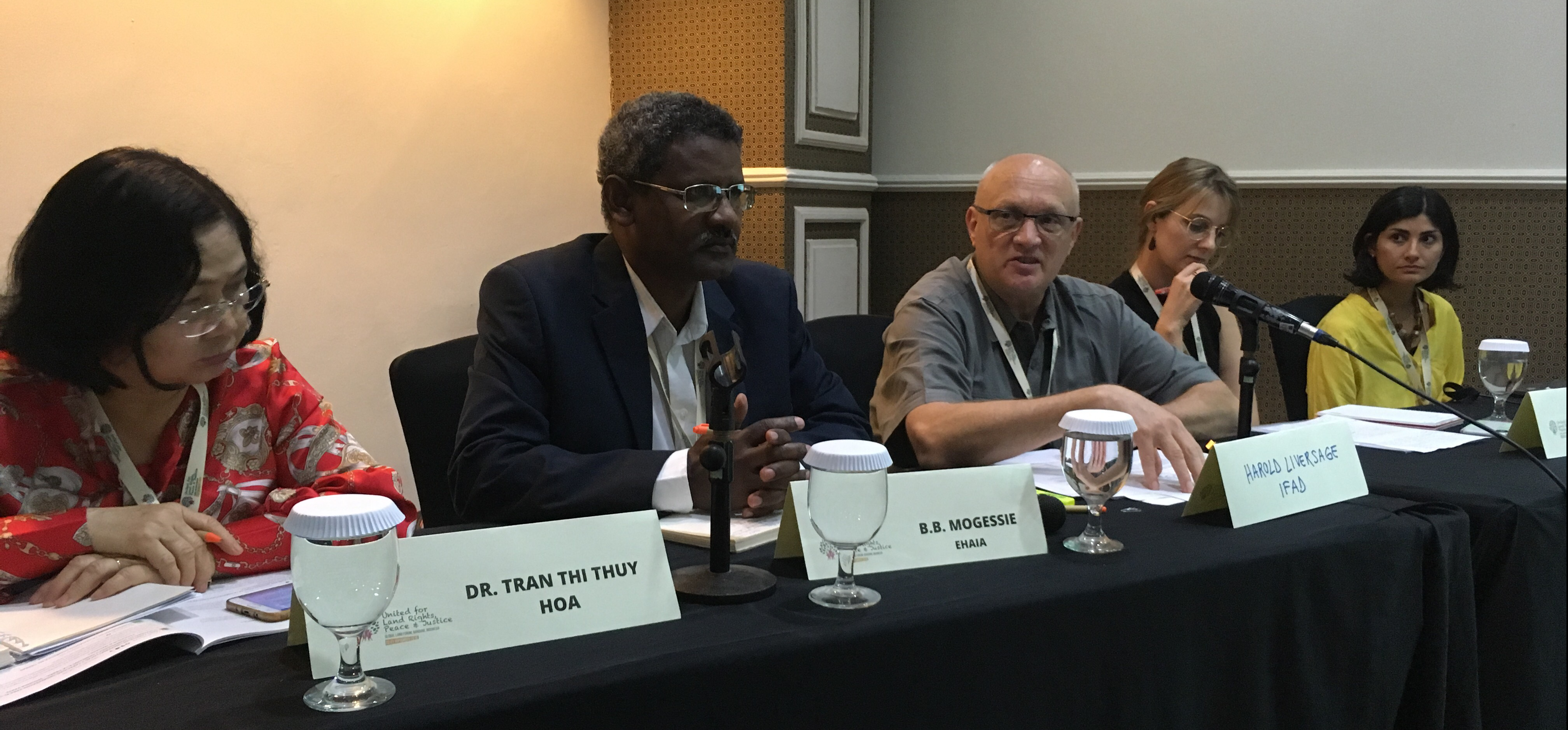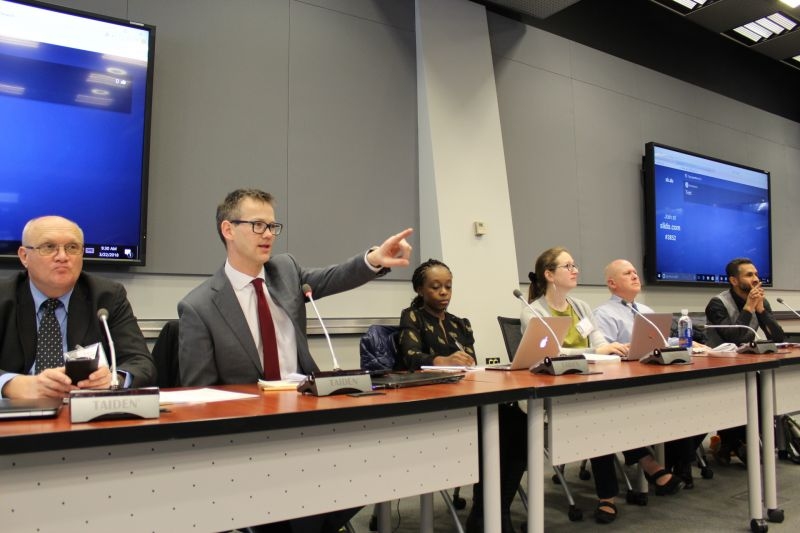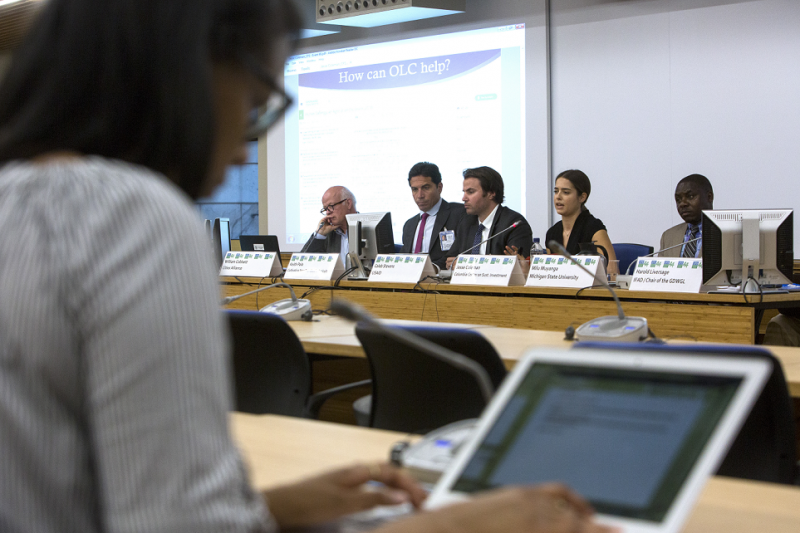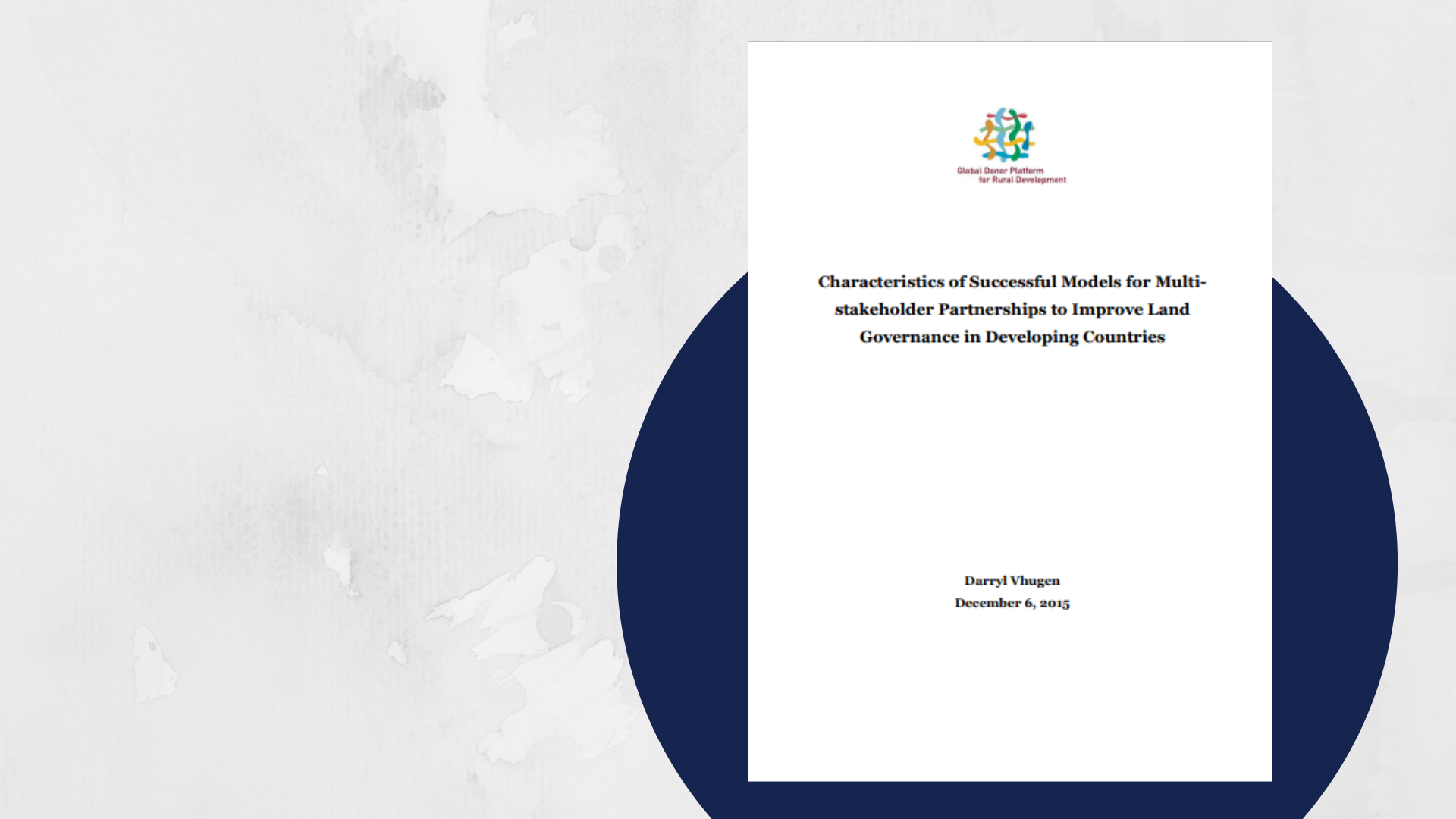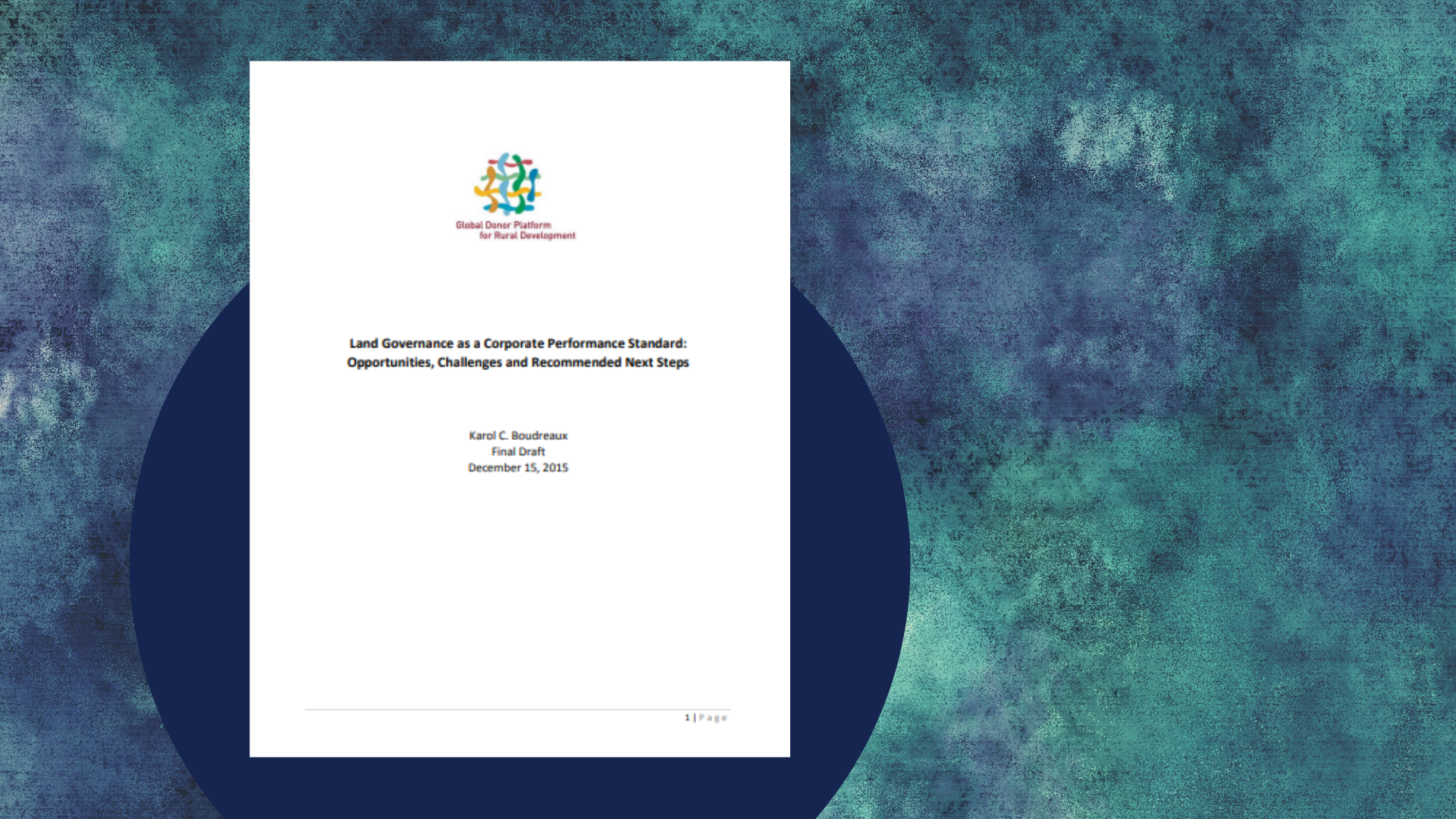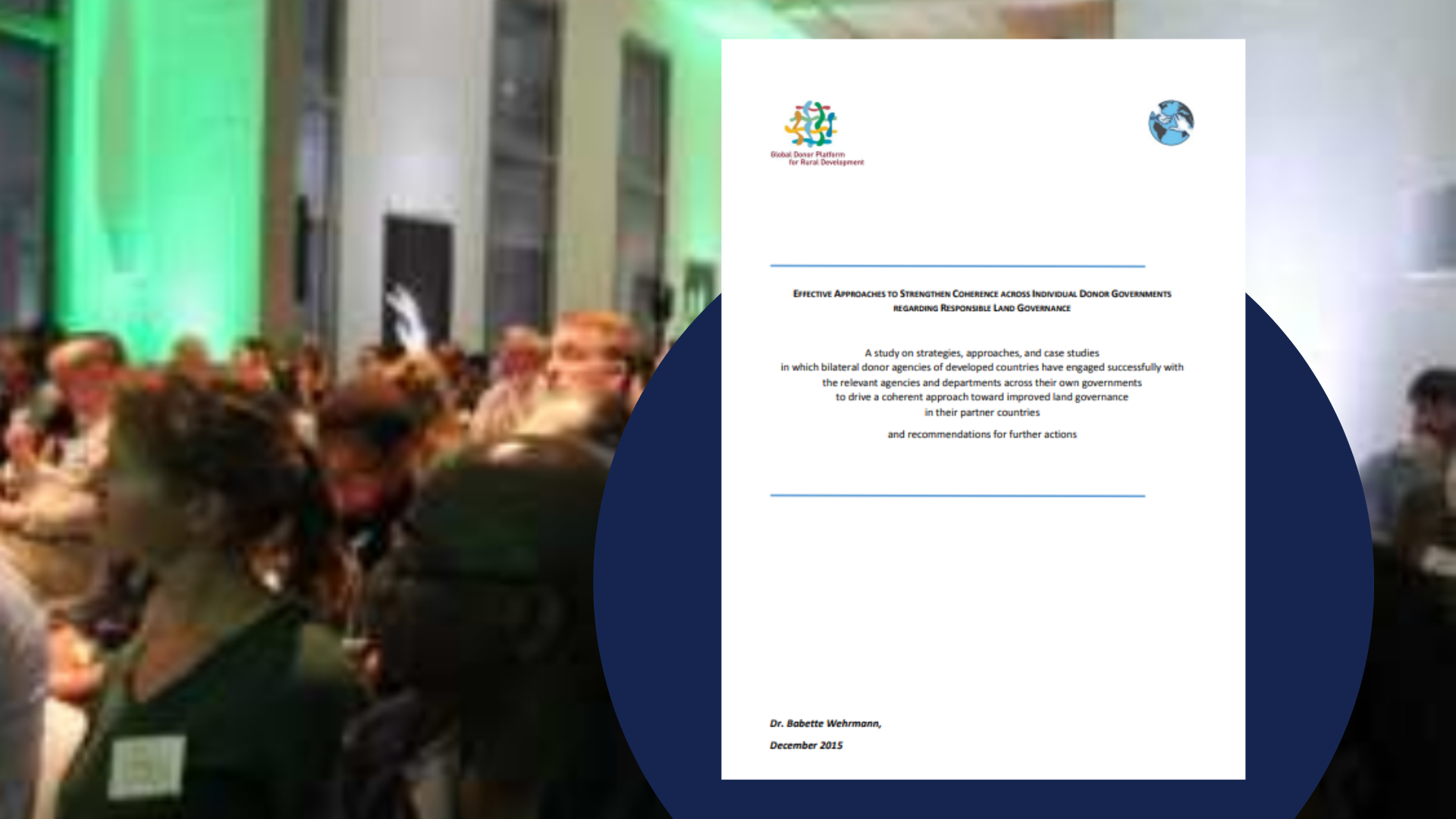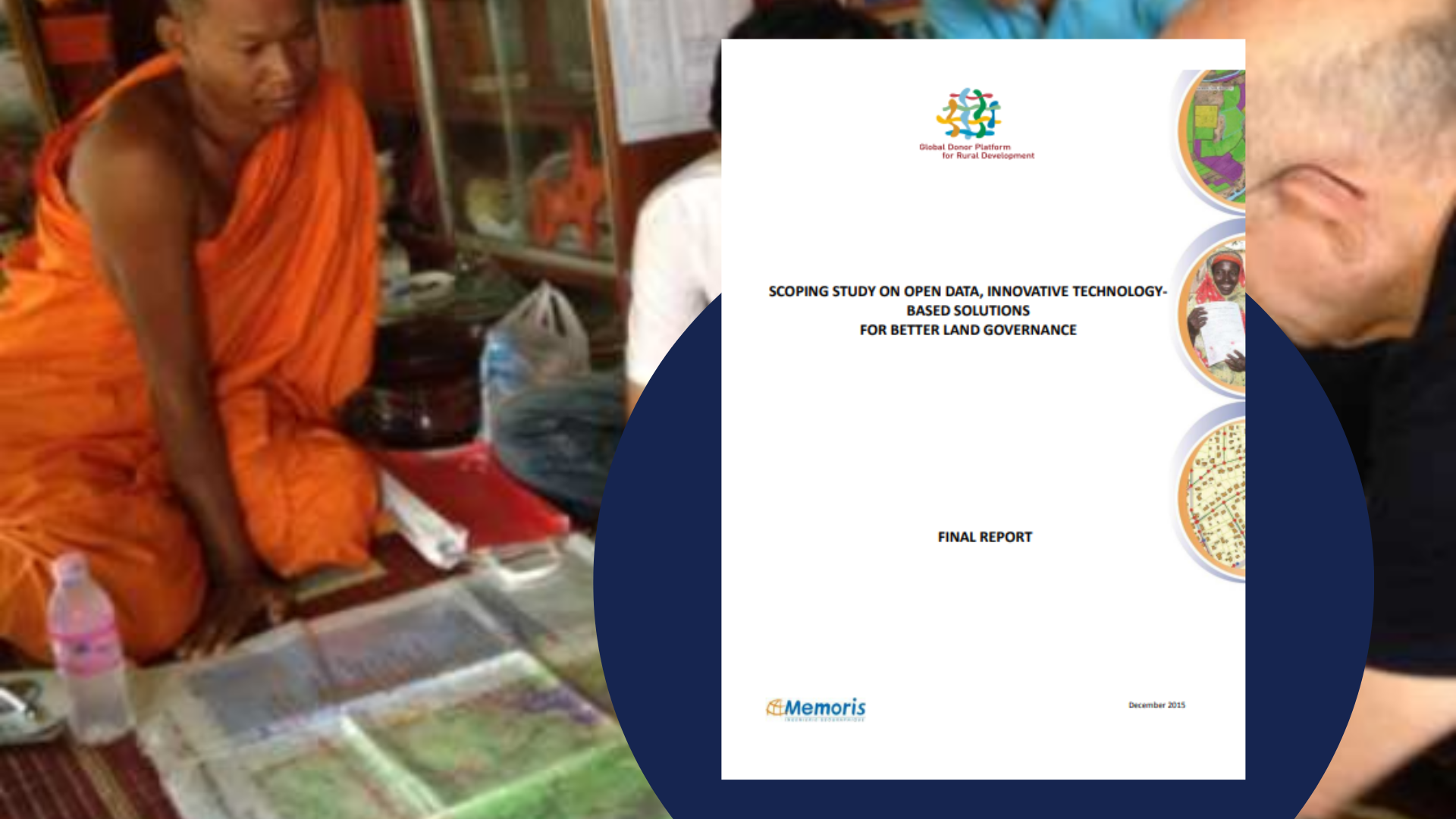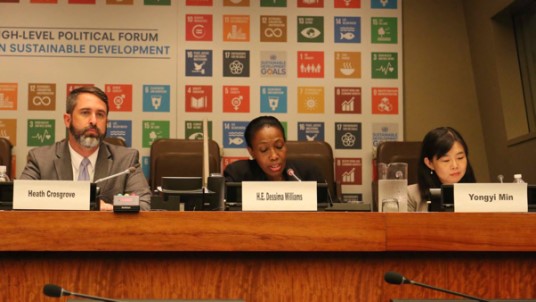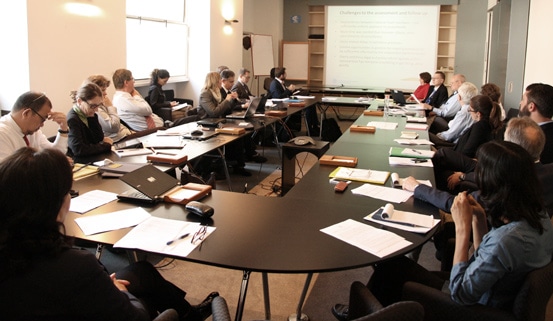Washington D.C. | USA | 26 March 2016
Land experts, donor representatives and around 40 conference participants discussed the potential of latest best practices and technologies for up-scaling good land governance through major donors’ investments. By doing so, donors made their contribution to this year’s conference focus on working at scale, mainstreaming innovations, and sustaining investments in land governance.
Outcomes of four studies commissioned by the Land Group
During the session, authors of four studies presented their findings and recommendations in highly interlinked areas: open data technologies, multi-stakeholder partnerships, donor coherence and private sector engagement in responsible land investments. These studies were commissioned by the Donor Working Group on Land in 2015 precisely to guide donors in prioritizing activities and investments in land governance in the next years.
A key recommendation by Jean-Philippe Lestang, author of the study on open data technologies, is to use of “fit for purpose approaches” by combining old and new technologies, combining breakthrough technologies, such as mobile apps like the ones developed by USAID or ArcGIS, and “old” technologies like GPS mapping in the field.
With regard to multi-stakeholder initiatives, author Darryl Vhugen identified eight key criteria for successful partnerships, the most important ones being the definition of clear objectives and timelines, alignment with other donors’ initiatives to avoid duplication and a clear governance structure.
Expanding multi-stakeholder partnerships was also amongst the key recommendations by author Karol Boudreaux when analysing ways to influence corporate decisions to be aligned with responsible land governance. Additionally Karol stressed the need for continued support for developing and piloting the use of responsible land investment criteria with private companies.
Babette Wehrmann, author of study on donor coherence, insisted that donors join forces to create an enabling international framework for land governance (for example, through the coordinated implementation of the VGGTs) as a key starting point. Babette also suggested donors to align responsible land governance with other policy areas and objectives, such as trade, as well as to get donors’ “own house in order”, for example, by establishing mandatory regulations on land governance for Official Development Aid (ODA).
Donor activities and recommendations
Following the presentations, donor representatives from DFID and BMZ joined the stage and discussed with participants a number of issues surrounding how donors may implement the recommendations made by the authors. This included discussion on landscape level activities, and trade-offs that might emerge from applying one-size-fits-all approaches, e.g. between adherence to performance standards and nature conservation.
When asked for key trends in donor activities, donors emphasized that the effective implementation of the VGGTs (Voluntary Guidelines for the Responsible Governance of Tenure of Land, Fisheries, and Forests in the Context of National Food Security) remains their top priority. They also highlighted several other current donor trends, such as transparency in land governance as an entry point to dissolve thematic and institutional “silos” and to boost truly transformative actions in land governance, advocacy for improving land tenure security on various levels, the successful integration of the tenure issues into the SDGs; and the search for the right and most effective instruments to achieve better land governance worldwide.
